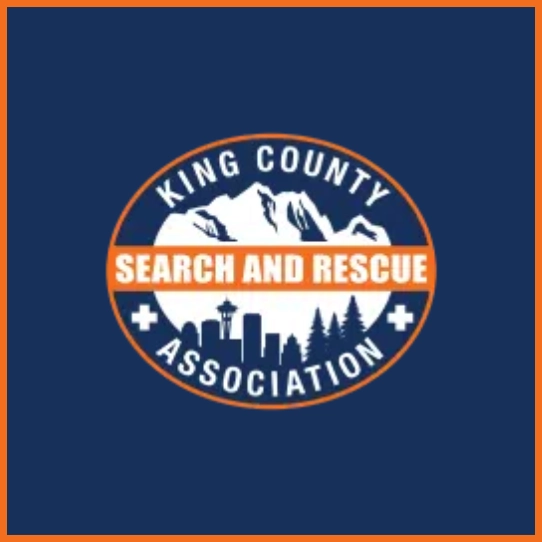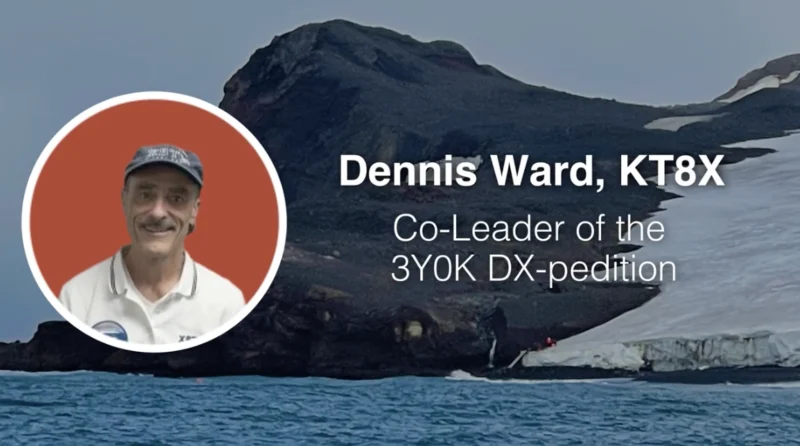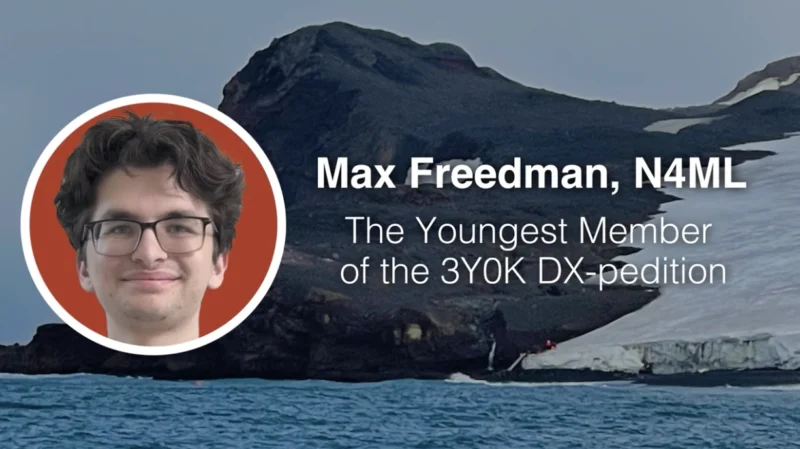Lost and Found: Inside Search and Rescue Operations
In the rugged and often treacherous terrain of the North Central Cascades, search and rescue operations are a vital lifeline for those who find themselves lost or injured. Erik Swanson, Operations Leader, and Nathan Lorance, President of King County Search and Rescue, share their experiences and insights into the complexities and challenges of these missions, exploring the technology, strategies, and human elements that are critical to successful operations.
What makes search and rescue operations so crucial, and how do teams overcome the daunting challenges of communication and terrain?
The combined expertise of Swanson and Lorance sheds light on these questions, providing a detailed look at the inner workings of search and rescue missions and the essential tools that make these life-saving efforts possible.
Swanson and Lorance recount their journeys into the world of search and rescue, sparked by personal connections and fueled by a commitment to helping others. Their analysis offers a comprehensive look at the strategies and technologies that are pivotal in navigating the difficult landscapes where these missions take place.
Key Takeaways from Swanson and Lorance:
- Communication Challenges: The mountainous terrain and dense foliage of the I-90 corridor in Washington pose significant communication obstacles. Teams often struggle to maintain contact with the base and each other, relying heavily on two-way VHF radios, which serve as a critical lifeline.
- Technological Innovations: Advances in data telemetry and GPS tracking have transformed search and rescue operations. These technologies allow for precise tracking of field teams and the swift location of missing individuals, significantly improving the efficiency and success rates of rescues.
- Adaptability and Training: Search and rescue teams must be highly adaptable and prepared to pivot quickly in response to changing situations, such as injuries within their own ranks or new missions arising during training exercises. Comprehensive training programs ensure that team members are ready to handle a wide range of scenarios and terrains.
The experiences of Swanson and Lorance highlight the dedication and expertise required in search and rescue operations. By leveraging advanced communication technologies and maintaining rigorous training standards, these teams can navigate the most challenging environments to save lives.




